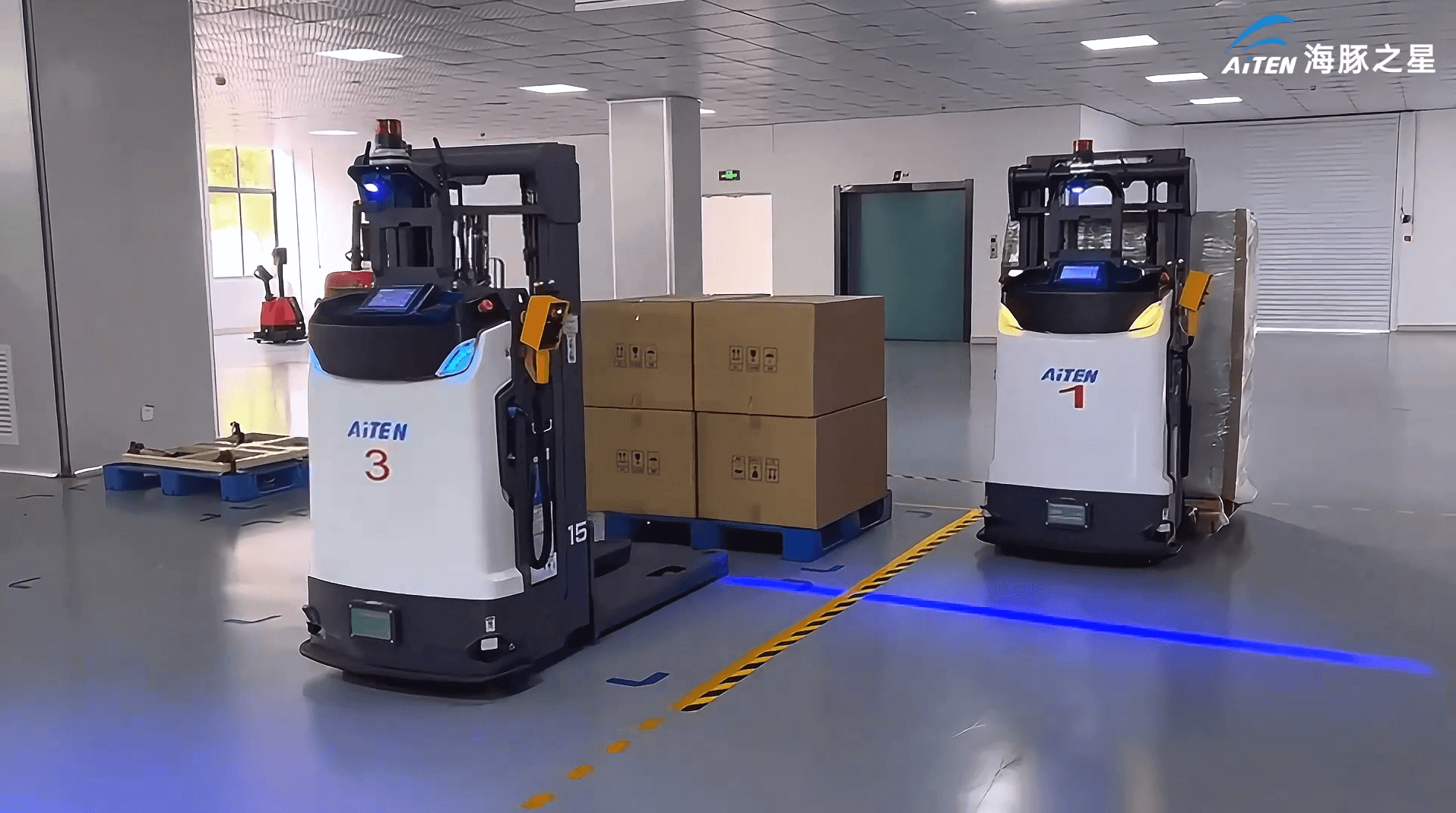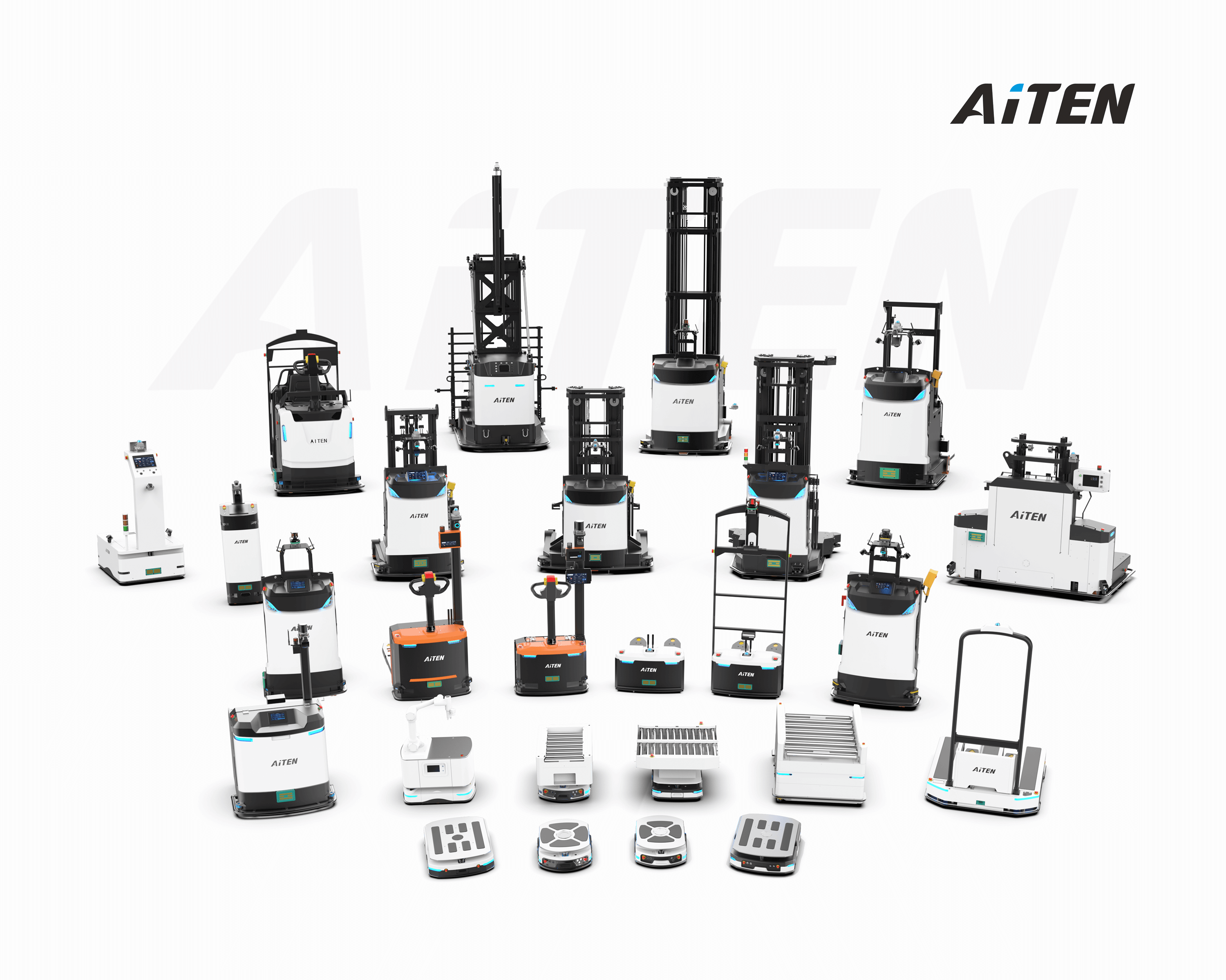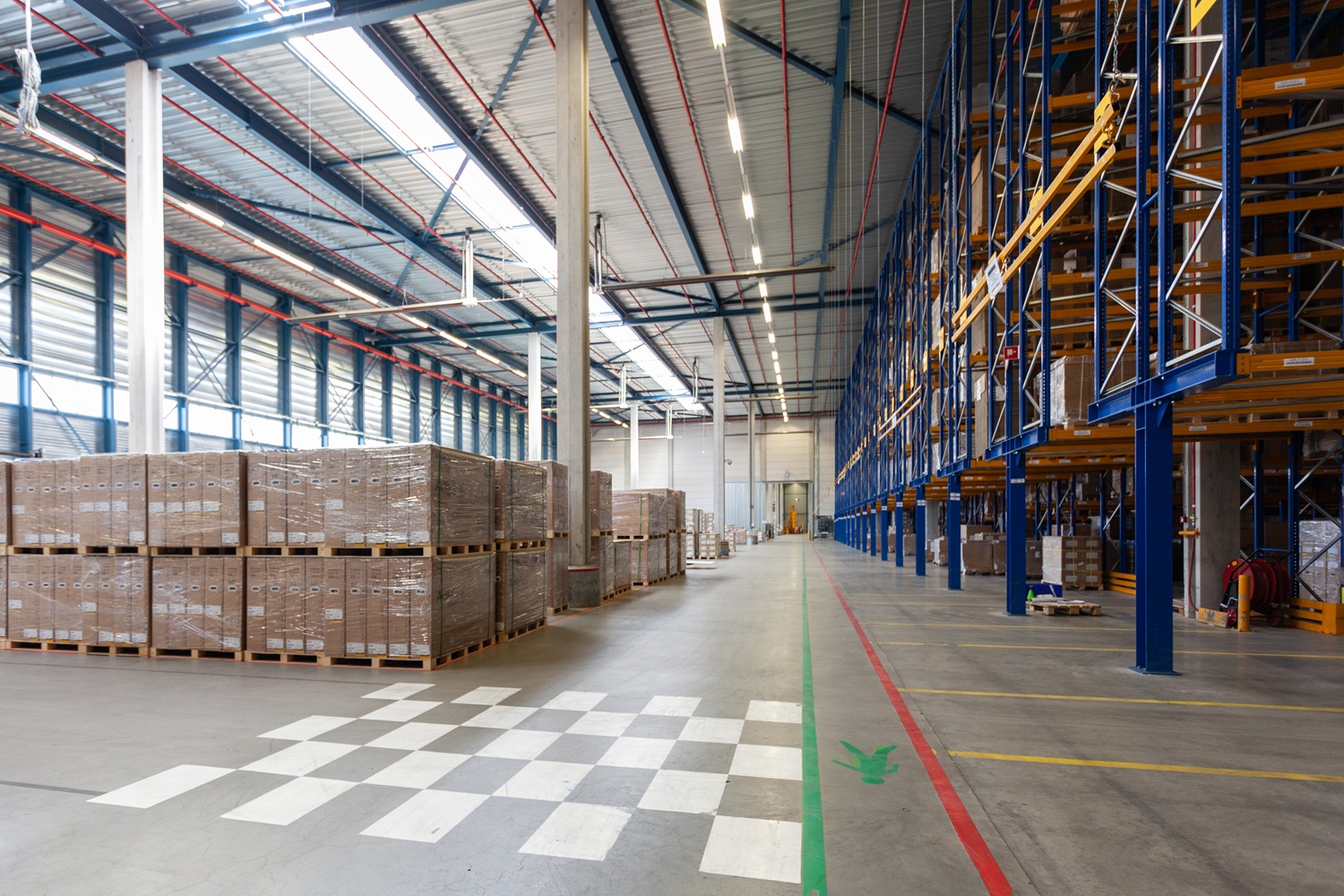Características principales y ventajas de aplicación de las carretillas elevadoras AGV

En la logística y la fabricación modernas, los vehículos de guiado automático se han convertido en equipos indispensables para las fábricas y los almacenes inteligentes. Pueden transportar materiales o productos acabados con precisión en almacenes, líneas de producción y otros escenarios, eliminando la necesidad de intervención humana, lo que ayuda a las empresas a reducir costes y mejorar la eficiencia.
En este artículo se analizarán en profundidad las principales características de los AGV y su valor de aplicación en diferentes industrias.
1. Automatización e inteligencia
Una de las principales características de los AGV es su alto grado de automatización. En comparación con las carretillas manuales tradicionales, los AGV pueden realizar automáticamente tareas de manipulación, transporte y distribución de cargas sin intervención humana, siguiendo programas e instrucciones preestablecidos. Al integrarse a la perfección con los sistemas de gestión de la producción de las empresas (como ERP, MES, etc.), los AGV pueden recibir información sobre las tareas en tiempo real y planificar de forma autónoma las rutas óptimas, logrando una manipulación y programación de materiales totalmente automatizada a lo largo de todo el proceso.
Imagine que los trabajadores ya no dedican mucho tiempo a tareas repetitivas y laboriosas de manipulación de materiales, sino que se centran en procesos de trabajo más valiosos, lo que se traduce en una mejora general significativa de la eficiencia de la producción.
Según un análisis de la revista Logistics Management, la manipulación automatizada de materiales puede aumentar la productividad de los almacenes en más de un 20%.
2. Capacidad eficiente de manipulación de materiales y utilización del espacio
Los carros de transporte AGV pueden realizar diversas tareas según las necesidades de la empresa, como:
- Transporte de materias primas a las líneas de producción
- Almacenamiento y recuperación de productos acabados
- Traslado de materiales entre talleres
Permiten un funcionamiento continuo 24 horas al día, 7 días a la semana, lo que mejora enormemente la eficacia de la manipulación, y son especialmente adecuadas para industrias con elevados costes de mano de obra y ritmos de producción rápidos.
En sectores como la fabricación de automóviles, la logística, el almacenamiento y la fabricación de productos, es habitual ver AGV transportando componentes pesados de automóviles, grandes palés de carga o materiales de acero.
Además, los AGV suelen estar diseñados para ser compactos, lo que les permite operar en pasillos relativamente estrechos. En comparación con las carretillas elevadoras tradicionales, que requieren radios de giro y pasillos más amplios, los AGV necesitan menos espacio. Los pasillos más estrechos permiten disponer de estanterías más altas y densas, aprovechando al máximo el valioso espacio del almacén.
3. Seguridad y estabilidad
La seguridad es un aspecto crítico de las operaciones logísticas. Las carretillas elevadoras manuales tradicionales suelen causar daños a las mercancías o lesiones al personal debido a un manejo inadecuado. Los AGV de AiTEN están equipados con radar láser, protección por fusión de sensores, percepción del entorno en tiempo real, sistemas anticolisión y sistemas de aviso audiovisual, lo que les permite percibir su entorno en tiempo real y evitar obstáculos automáticamente.

El conjunto de estas medidas forma una barrera de seguridad fiable que reduce considerablemente los riesgos asociados a la colaboración entre personas y máquinas en las instalaciones industriales.
La norma internacional ISO establece requisitos de seguridad para los vehículos de transporte no tripulados, que también sirven de referencia para el diseño de los AGV de AiTEN.
4. Programación flexible y escalabilidad
En comparación con las líneas de transporte tradicionales o los equipos de manipulación fijos, los sistemas AGV pueden programarse de forma flexible mediante software, lo que permite que varios vehículos trabajen juntos para responder fácilmente a las fluctuaciones de los pedidos y a los ajustes de la línea de producción.

Al mismo tiempo, el diseño modular de los robots AiTEN permite a las empresas aumentar fácilmente el número de AGV a medida que crece su negocio, evitando los riesgos asociados a las inversiones únicas a gran escala.
Esta flexibilidad permite a las empresas responder con rapidez a los cambios del mercado y a los ajustes internos de la producción, mejorando significativamente la resistencia de la cadena de suministro.
5. Conservación de la energía, protección del medio ambiente y optimización de costes
Las carretillas elevadoras AGV funcionan en su mayoría con baterías y están equipadas con funciones de carga automática o sustitución de baterías, lo que se traduce en un menor consumo de energía y se alinea con la tendencia de desarrollo de fábricas ecológicas. A largo plazo, los AGV pueden reducir significativamente los costes de mano de obra y minimizar las pérdidas por accidentes, mejorando así el ROI (retorno de la inversión) global.
6. Gestión inteligente
Los AGV no son sólo herramientas de transporte, sino también nodos de datos en fábricas inteligentes:
- Sistema Central de Despacho (RCS): Permite la supervisión centralizada, la asignación de tareas y la gestión del tráfico de todos los AGV, optimizando la eficiencia operativa global.
- Supervisión del estado en tiempo real: Los gestores pueden ver la ubicación, el nivel de batería, el estado de las tareas y los registros de funcionamiento de cada AGV en cualquier momento.
- Recogida y análisis de datos: Recopila datos clave como el volumen de manipulación, la distancia recorrida y el tiempo de espera para analizar los cuellos de botella, optimizar los procesos, predecir las necesidades de mantenimiento y mejorar continuamente la gestión logística.
7. Escenarios de aplicación multisectorial
- Fabricación: Entrega de materias primas, transferencia de productos semiacabados y entrega de productos acabados.
- Automoción y recambios: Entrega de piezas y automatización de la logística de taller.
- Alimentos y medicinas: Transporte en almacén a temperatura constante para garantizar la seguridad del producto.
- Comercio electrónico y minorista: Picking automático y operaciones eficientes en centros de clasificación.
Conclusión
Los AGV no son meros equipos de transporte, sino un elemento central en la transformación digital de la fabricación. Las carretillas AGV están sustituyendo gradualmente a los métodos de transporte tradicionales y convirtiéndose en una parte importante de la infraestructura para la fabricación inteligente. Sus ventajas en cuanto a automatización, seguridad, flexibilidad y costes las hacen ampliamente aplicables en sectores como la fabricación, el almacenamiento, la automoción y la alimentación.
Las carretillas elevadoras AGV no son sólo herramientas para mejorar la eficiencia, sino también opciones estratégicas para que las empresas construyan cadenas de suministro flexibles y mejoren su competitividad básica.
Acerca de AiTEN Robotics
Como empresa especializada en soluciones logísticas inteligentes, AiTEN Robotics se ha centrado sistemáticamente en el escenario de la "fábrica inteligente", integrando profundamente la innovación tecnológica con las necesidades de la industria. Ha prestado servicios integrales a más de 200 clientes fabricantes de todo el mundo: Aprovechando una gama completa de carteras de productos de robots de manipulación de materiales para cubrir diversos escenarios de manipulación de materiales, hemos desarrollado un sistema de programación inteligente de nivel industrial para permitir una colaboración eficiente entre múltiples dispositivos. A través de un sistema integral de servicios de ciclo de vida que abarca desde la planificación preventa, la implantación y la implementación hasta la optimización de las operaciones, capacitamos a las empresas para lograr la transformación inteligente de la logística, impulsando continuamente la actualización digital y el desarrollo de alta calidad de la industria manufacturera.
Póngase en contacto con nosotros para estudiar soluciones de automatización para su fábrica.









_%E7%94%BB%E6%9D%BF%201.avif)

